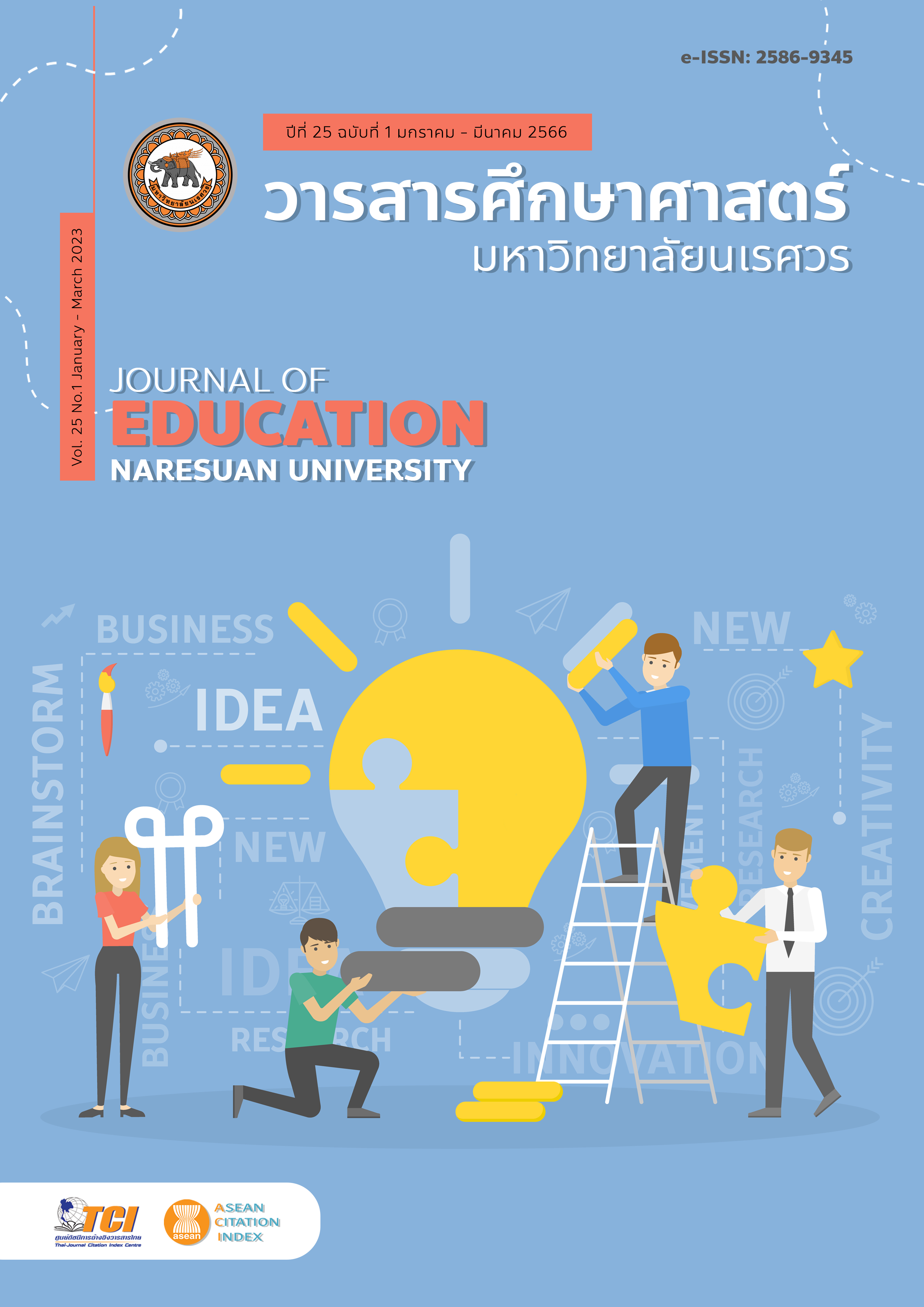THE FUNCTIONS OF TALES AND THE VALUE IN RESPECT OF TEACHING GHARĀVĀSA-DHAMMA DOCTRINES IN NITHAN SIKHAO, COLLECTION OF LIFE-DEVELOPMENT TALES BY ART-ONG JUMSAI NA AYUDHYA
Main Article Content
Abstract
The objective of this research is to study the functions of tales and the value in respect of teaching Gharāvāsa-dhamma doctrines in Nithan Sikhao, Collection of Life-Development Tales 1-4 by Art-ong Jumsai Na Ayudhya. The research was conducted with the documentary research method. The data analysis was done with the open coding technique, and the research results were presented in the style of analytical description. As regards the research results, it was found that Nithan Sikhao, Collection of Life-Development Tales by Art-ong Jumsai Na Ayudhya is young people’s literature with functions in accordance with William Bascom’s functionalism. The function of maintaining the behavioral traditions of people in society is of the greatest proportion. It is followed by the functions of reflecting society, teaching and entertaining sequentially. Furthermore, as regards the value in respect of teaching the Gharāvāsa-dhamma doctrines, it was found that the teaching on Cāga was of the greatest proportion. It is followed by the teaching of Sacca, Dama, and Khanti sequentially. These are the dhammic doctrines for laypeople, the dhammic doctrines of conduct for the ordinary people in society. Therefore, these tales allow child and juvenile readers to receive some ideas and morals and ethics to be guidelines for living, which is a method of implantation to make children and youth grow up to become people with good quality of life through writings in the tale genre.
Article Details

This work is licensed under a Creative Commons Attribution-NonCommercial-NoDerivatives 4.0 International License.
The owner of the article does not copy or violate any of its copyright. If any copyright infringement occurs or prosecution, in any case, the Editorial Board is not involved in all the rights to the owner of the article to be performed.
References
Fongmool, K. (2014). A study of structure and functionalism of Shan’s Folk Tales in Amphur Mae Ai, Chiangmai. Chiang Mai: Graduate school Chiang Mai Rajabhat University.
Fresh from the Youth Column. (2017). Telling the white tales, the stories of goodness. Retrieved August 10, 2017, from https://www.khaosod.co.th/lifestyle/news_395028
Jumsai Na Ayudhya, A. (2016). Nithan Sikhao, collection of life-development tales 1 (2nd ed.). Bangkok: FreeMind Publishing.
Jumsai Na Ayudhya, A. (2016). Nithan Sikhao, collection of life-development tales 2 (2nd ed.). Bangkok: FreeMind Publishing.
Jumsai Na Ayudhya, A. (2016). Nithan Sikhao, collection of life-development tales 3. Bangkok: FreeMind Publishing.
Jumsai Na Ayudhya, A. (2017). Nithan Sikhao, collection of life-development tales 4 Bangkok: Free Mind Publishing.
Na Thalang, S. (2010). Theory of folkloristics, methodology in analyzing folk legends-tales (4th ed.). Bangkok: Chulalongkorn University Printing Press.
Nithan Sikhao: Planting the seed of goodness. (2017). Retrieved August 10, 2017, from https://www.ryt9.com/s/tpd/2696754
Phra Brahmagunabhorn (Payutto, P. A.). (2013). Dictionary of Buddhism, vocabulary compilation edition
(19th ed.). Bangkok: The Buddhism Press of the Council of the Dhamma.
Ruamsuk, P., Sasiwongsaroj, K., Doungphummes, N., & Wonggarasin, K. (2015). The creation of the tale medium to develop the moral behavior in respect of kindness in young children. Veridian E-Journal, Silpakorn University (Humanities, Social Sciences and arts), 8(1), 903-922.
Sirak, W. (2016). Basic knowledge of folkloristics. Chiang Mai: Faculty of Liberal Arts, Maejo University.


